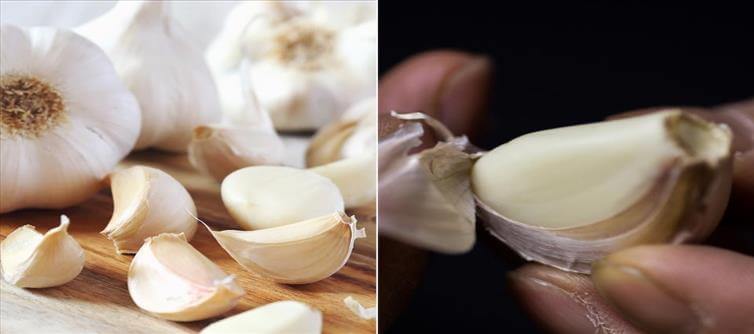
According to sources Chinese garlic is a variety of garlic commonly imported from China, known for its larger, cleaner, and whiter appearance compared to domestically grown garlic. However, Chinese garlic has faced criticism due to concerns about pesticide use and quality control. In 2014, the indian government banned the import of Chinese garlic, due to reports of fungus-infested garlic entering the country, declaring it unfit for consumption. The garlic is often distinguishable by its uniform size and lack of roots, as they are typically removed during processing.
Meanwhile Chinese garlic was banned in india amid reports of fungus-infested garlic entering the country and concerns over high pesticide levels. Officials from the FSDA stated that Chinese garlic is treated with a fungicide containing methyl bromide to prevent fungal growth for up to six months. In contrast, indian garlic is grown with minimal pesticides, emphasizing natural farming methods. Additionally, Chinese garlic contains significantly lower levels of allicin, a compound known to regulate blood pressure, act as a natural antibiotic, and boost immunity.
Moreover Chinese garlic can be differentiated from indian garlic in several ways. Chinese garlic is light white or pink with a mild aroma, while indian garlic ranges from white to light brown with a strong, pungent smell and robust taste. Chinese garlic is grown with heavy use of chemicals and pesticides, while indian garlic is produced using traditional, natural farming methods with minimal chemical use. Additionally, the Chinese variety may contain synthetic substances that can be hazardous to health.
In addition to health risks, Chinese garlic poses a significant threat to indian farmers due to its cheaper price. While indian garlic costs around Rs 400 to Rs 450 per kilogram, Chinese garlic is priced below Rs 250 per kilogram, making it more appealing to buyers. This price difference has led to high sales of Chinese garlic, negatively impacting farmers in key garlic-producing states like Madhya Pradesh, Rajasthan, and Uttar Pradesh. According to a wholesaler at Chakarpur Mandi, Kanpur, this price disparity is a major concern for local farmers.




 click and follow Indiaherald WhatsApp channel
click and follow Indiaherald WhatsApp channel